Artificial Intelligence is Already More Creative than 99% of People
Artificial Intelligence: Surpassing Human Creativity
Recent research reveals a striking conclusion about the creative capabilities of artificial intelligence, suggesting that AI programs are now outpacing the majority of human creativity. A study published in Scientific Reports titled “The Current State of Artificial Intelligence Generative Language Models is More Creative than Humans on Divergent Thinking Tasks” by the University of Arkansas highlights this fascinating shift in the landscape of creativity.
In the study, a total of 151 individuals were directly compared to OpenAI’s ChatGPT-4 across three divergent thinking tests. These tests are essential as they measure the ability to generate multiple ideas or solutions—key indicators of creative thought. Remarkably, none of the human participants managed to surpass the AI’s performance.
The researchers analyzed the results and concluded that, overall, GPT-4 displayed greater originality and elaboration than its human counterparts in all evaluated tasks. This finding remained consistent even when factoring in the fluency of the responses provided by the participants. Essentially, GPT-4 proved to exhibit a higher potential for creativity across an extensive range of divergent thinking exercises.
Furthermore, the authors of the study indicated that these advanced language models often score within the top 1% of human performance on standardized divergent thinking assessments. This revelation paints a compelling picture of AI’s current role in creative endeavors.
While many may ponder the implications of AI surpassing human creativity, it’s important to note that this evolution is already happening. Rather than a distant future possibility, we are witnessing AI performing at levels previously thought reserved for humans. For those interested in diving deeper into these findings, check out the complete story here.
As we continue to explore the capabilities of artificial intelligence, it’s crucial to consider how this technology might complement human creativity rather than replacing it, opening new avenues for collaboration and innovation.
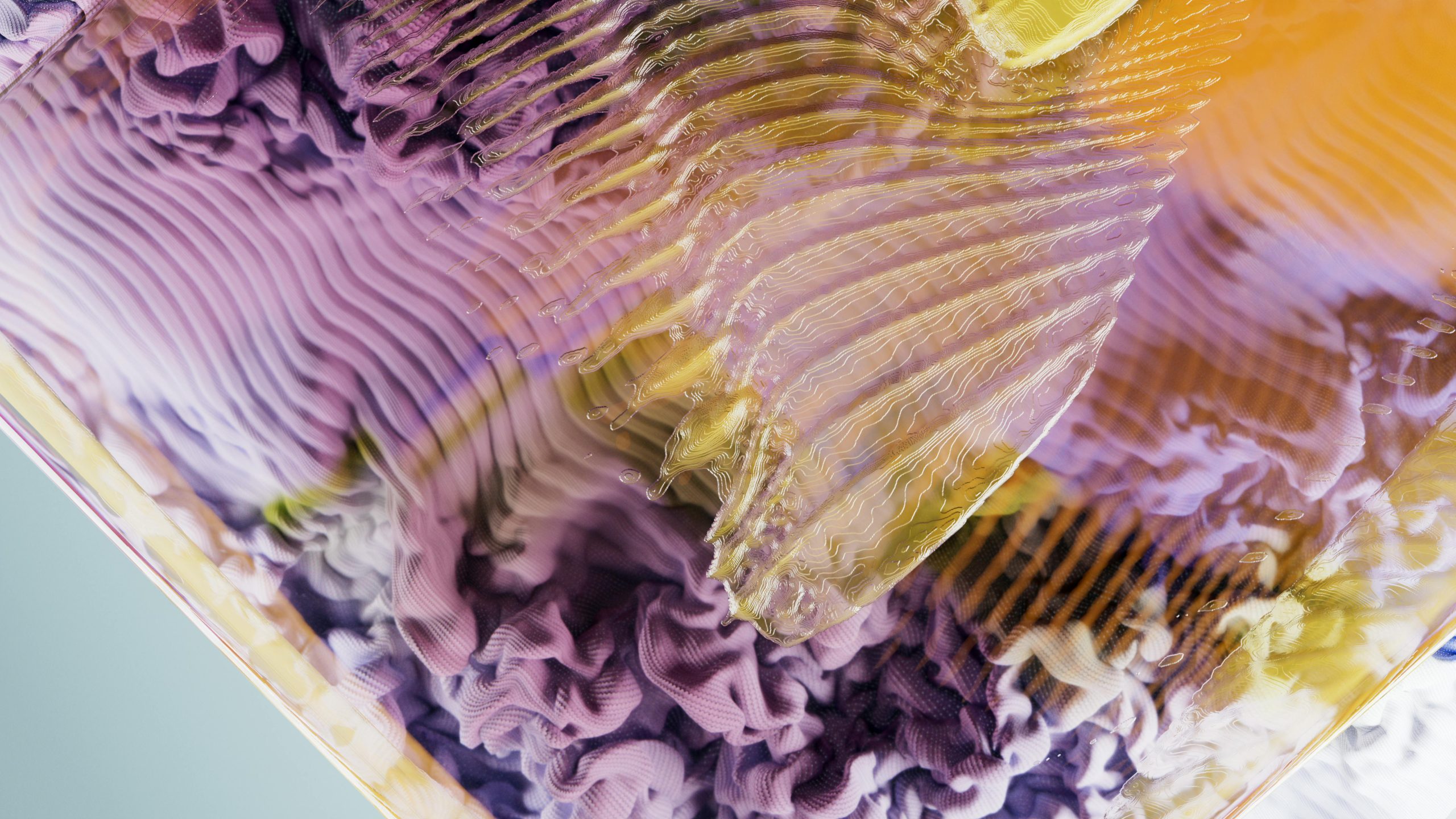
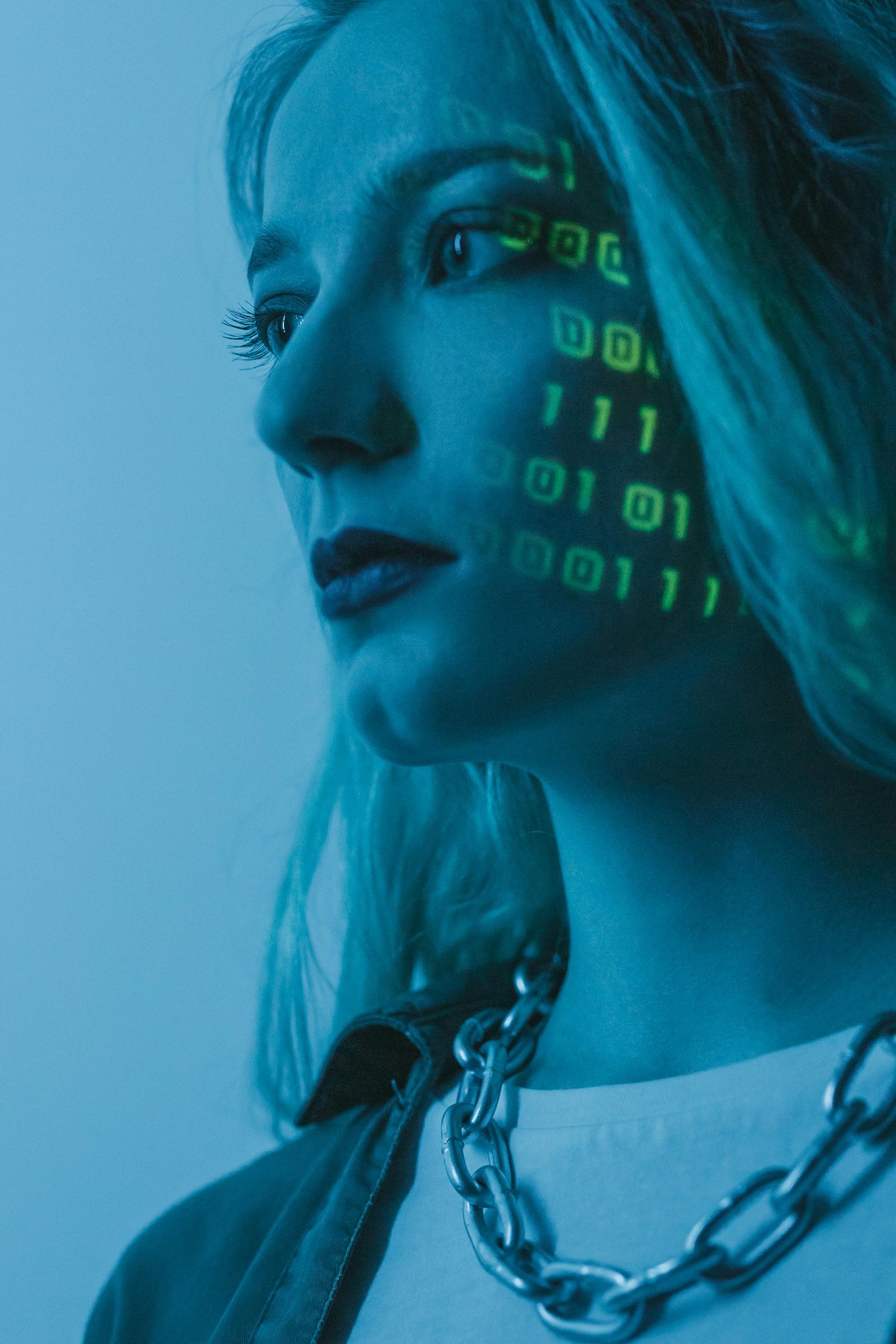

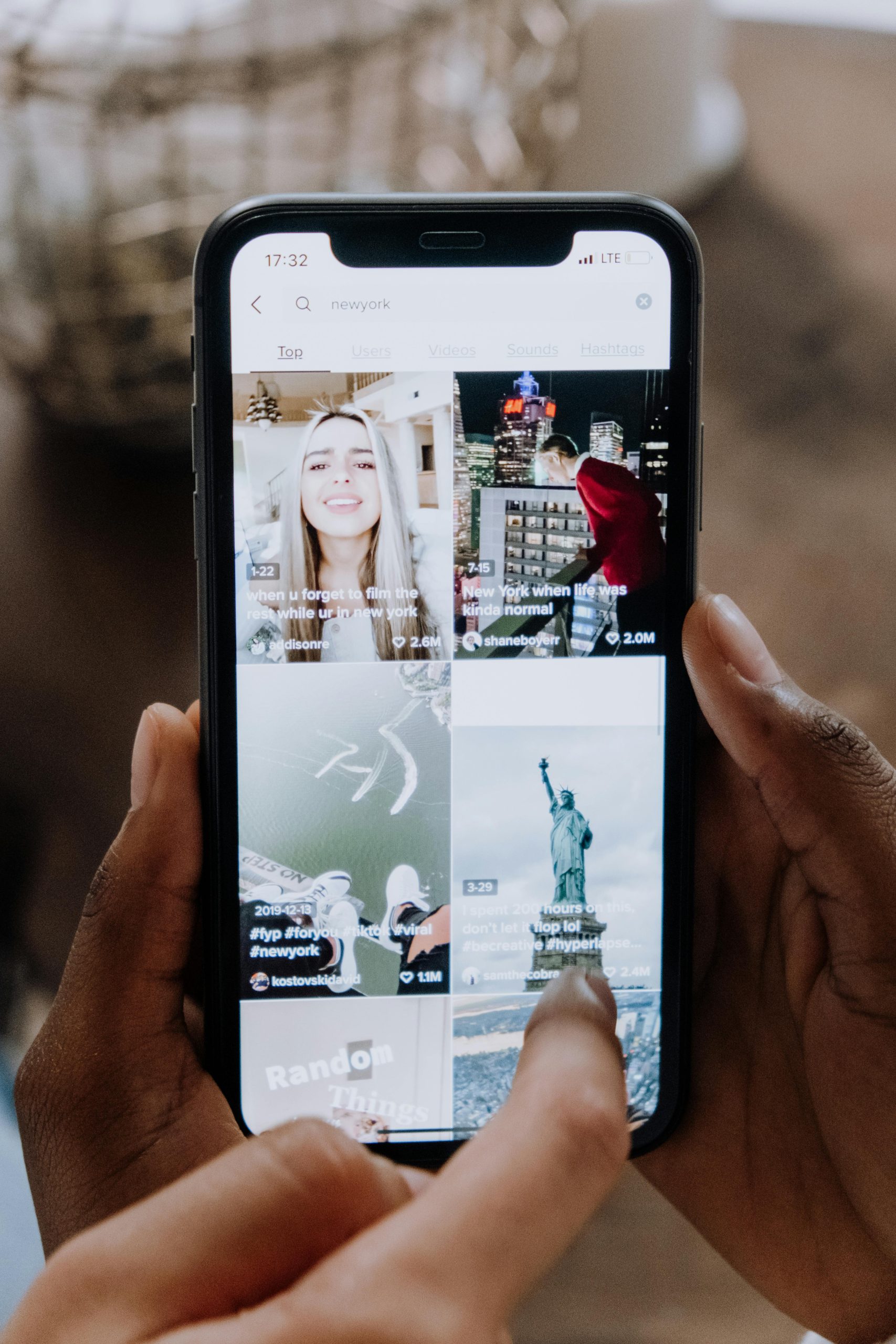




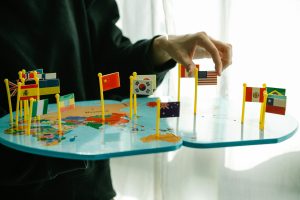

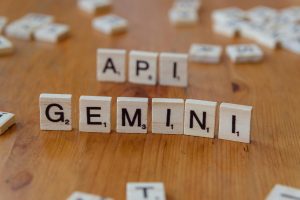


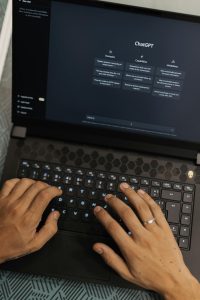
Post Comment